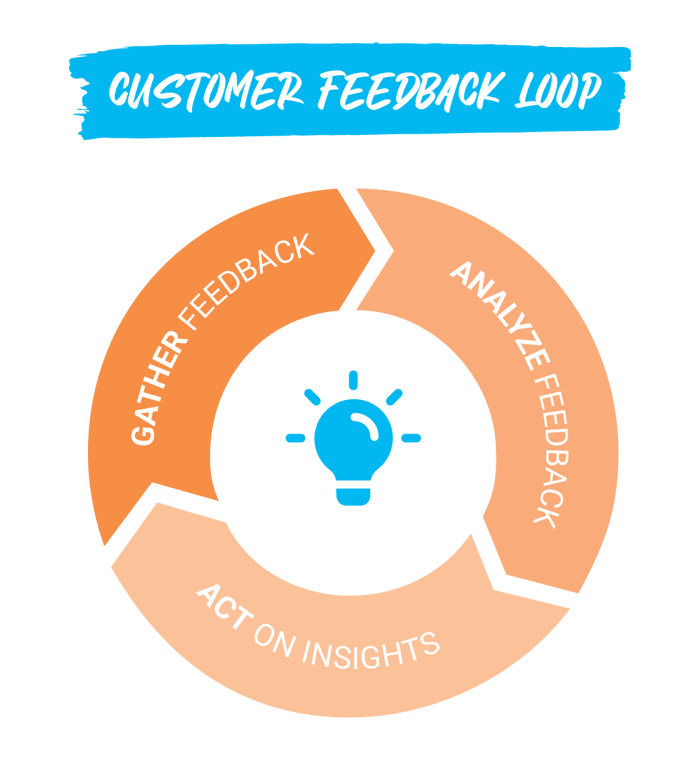-
About Us
Probe CX is a tech-powered, global customer experience organisation that amplifies human capabilities with technological excellence.
-
Awards and Accreditations
As an industry-leading CX and digital transformation provider, Probe CX has a resume to match any of our competition.
-
Compliance
Industry-recognised certifications to protect what matters most to our clients and their customers.
-
Locations
Over 9,000 team members delivering exceptional customer experiences across five countries.
-
Vision and Culture
We help our clients become modern digital organisations by combining the latest technology with people, process and data.
-
Executive Team
Meet the team with unmatched experience committed to helping organisations create environments for digitally-enabled CX to thrive.
-
Blog
Discover the latest insights, information and trends in blogs created by customer experience experts.
-
News
Learn where Probe CX have been recognised in the news, including awards, accreditations, acquisitions, partnerships and more.
-
Resources
Download our latest resources including whitepapers, case studies, tip sheets, reports and brochures..
Discover how a superannuation and investment giant reduced contact centre staffing needs with WFM optimisation.
- Blog
- What is closed-loop customer experience management?
What is closed-loop customer experience management?

The heartening aspect was the number of organisations that collect feedback, with 95% of companies taking the time to ask customers what they think of their service. Unfortunately, that is where the positive news ended because the subsequent results of the survey highlighted how few companies took the next step of using that feedback to their best advantage. The study found:
- Only 45% alerted their staff to the findings
- Only 35% made decisions using the insights
- Only 10% deployed and improved processes on the basis of the findings and
- A mere 5% informed customers of the changes they had made.
In a world where 93% of people are more likely to be repeat customers at companies with excellent customer service, it beggars belief that so few organisations are taking full advantage of what their customers are telling them. Feedback is nothing without action and the question you should be asking yourself right now is simple – are we closing the loop when we receive feedback?
What is Closed-Loop Feedback?

Closed-looped feedback or customer experience (CX) is a process of continuously improving customer satisfaction by actively responding to survey feedback, addressing concerns and utilising insights to make improvements. The goal is to enhance customer experiences, using feedback to inform long-term strategies.
Today, a positive CX has become the most significant factor in creating brand differentiation, surpassing price and product. Responding to customer feedback, whether positive, neutral or negative, demonstrates the value a company places on customer experiences and is critical to building customer loyalty and brand advocacy.
Creating a closed-loop CX requires a focus on the entire customer journey, not just receiving feedback, and is crucial for businesses looking to succeed in the customer experience age.
Why Closed-Loop CX Matters
Closing the loop on customer feedback is crucial for a variety of reasons including:
- Financial Benefits: with PWC finding that 32% of customers stop doing business with a brand they love after one bad experience, failing to address consumer concerns can be a costly exercise. It is impossible to guarantee every customer experience will be overwhelmingly positive but one thing every company can control is how they respond to negative feedback. Closing the loop on feedback can identify why a poor experience has unfolded and allow staff to address the concerns so they do not occur again. With an Accenture Strategy study revealing US brands lose about $1.6 trillion every year due to poor customer service, every effort needs to be made to turn negatives into positives.
- Customer Relations: responding to customer feedback is simply the right thing to do. Closing the loop is a key step to making customers feel valued. Whether sharing unprompted feedback or responding to a survey request, they have taken the time to let you know about their experiences and the least you can do in return is let them know their opinion matters. Doing so also allows your company to stand out from the crowd. With organisations overwhelmingly failing to close the loop, customers recognise those that go the extra mile.
- Better Systems: closing the loop is not just about addressing individual customer experiences. Developing processes and systems that best capture and process feedback helps companies refine their overall CX strategies, with the potential for collaboration across a diverse number of teams and departments. Customer experience can not be left to one person or unit. It requires an all-of-organisation approach, from the CX team that analyses collective feedback to front-line staff that share what they have learned from closing the customer experience loop. The potential for closed-loop CX to unite employees for a common purpose cannot be understated.
- Reputation Management: closed-loop CX can play a pivotal role in avoiding minor criticisms turning into major headaches. With modern tools such as social media putting immense power in the hands of customers, it is essential brands do all they can to ease customer concerns before they feel the need to publicly attack a company. Identifying poor experiences early and ensuring that staff reach out to aggrieved customers as soon as possible can play a huge role in maintaining a positive reputation and public image. With the immediacy of social media, the window to mend a fractured customer relationship is getting smaller, hence why every effort needs to be made to close the loop with speed.
How to Improve Closed-Loop CX Management
Now you know the importance of closing the loop on customer feedback, it is time to explore several steps to ensure you do it well.
- Be Strategic: resources are finite in any organisation and that is why CX leaders need to be mindful of the best places to direct their energy when it comes to closed-loop feedback. While it is tempting to address every piece of criticism that comes your way, as a starting point it is best to focus on feedback that has been collected shortly after a customer has completed a transaction or event. This ensures the experience is still fresh in their minds. Furthermore, feedback that does not have a clearly defined purpose or required action can be a lower priority.
- Be Extensive: every customer is unique and that means having a variety of options for them to proactively provide feedback and for you to solicit it. From phone calls and online comments to in-store suggestion boxes and distributed surveys, do all you can to source feedback from as many customers and use as many platforms as possible.
- Be Organised: employing a quality case management system will ensure you can track a customer complaint or comment from receipt all the way to resolution. This style of system can assign ‘tickets’ to the right team member and ensure their progress is monitored, with the best systems also allowing managers to set and track targets (eg: 80% of all complaints need to be resolved within one day).
- Be Tech-Savvy: with an extensive range of automation platforms on the market to suit all budgets, there is no excuse for companies not to be using such technology to their advantage. Automated responses ensure customers receive an immediate acknowledgement that their emails or feedback has been received, while automated workflows can be designed to ensure a ticket gets created in real-time whenever a customer provides a low rating or negative comment. This then allows a customer service agent to place an immediate priority on reaching out to the customer with relevant insights to address their concern. Such technology is crucial to helping companies turn bad reviews or negative feedback into positive experiences as quickly as possible.
Who Cares Wins
A wise man once said: “Customers don’t expect you to be perfect. They do expect you to fix things when they go wrong.” This concept lies at the heart of closed-loop CX management. Closing the feedback loop not only benefits the customer involved but helps facilitate a better experience for future consumers and inspires pride within staff who value being part of an organisation that not only seeks feedback but does something about it.
Closing the feedback loop allows customers to resolve their issues directly with staff who are prepared for the conversation, in turn making them feel more valued. The insights those agents bring back to the company are also pivotal in helping optimize the organisation’s CX design for future customers.
As previously stated, feedback is nothing without action. Closing the loop in real-time needs to be a priority for all companies as it helps create happier customers, grow revenue and enhance reputation. From measuring perceptions at all points of a customer journey and making it as easy as possible for them to provide feedback to automating CX workflows and reporting tangible goals and results to staff, the time to develop, deploy or enhance your own closed-loop customer experience needs to start today.
Given the increasing importance of CX across all sectors, tap into a wealth of data from trusted sources that show why there has never been a more important time to focus on customer experience – and how you can deliver it.
Related Articles
Shared Services
4 challenges for building customer connection in the CX world
Delivering positive customer experience is the key to modern business success but what should you do when obstacles get in the way?
Customer Management and CX
The power of repeat customers in an uncertain world
Discover why more businesses are focusing on the customers they already know.
Contact Centre
How to develop CX strategies in an uncertain world
Discover four key strategies to bolster customer experience at a time when many business leaders are fearing the economic future.
© Copyright 2025 Probe CX | Probe CX is a proudly owned subsidiary of Probe Group
Privacy Policy | Responsible AI Policy | Financial Hardship Policy | Whistleblower Policy | Complaints Procedure | Supplier Code of Conduct | Make a Payment | Client Login

.jpg?width=450&height=609&name=P_BlogT_4%20challenges%20for%20building%20customer%20connection%20in%20the%20CX%20world%20(1).jpg)



